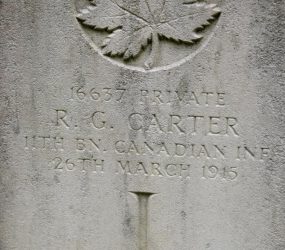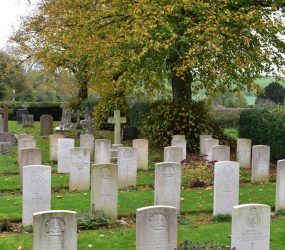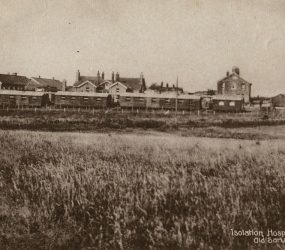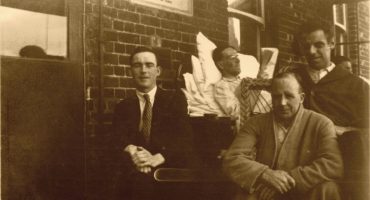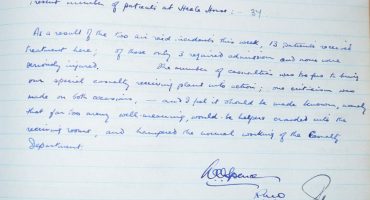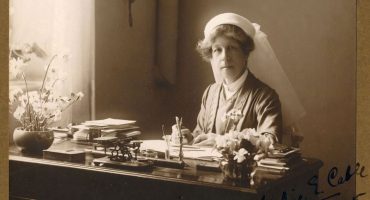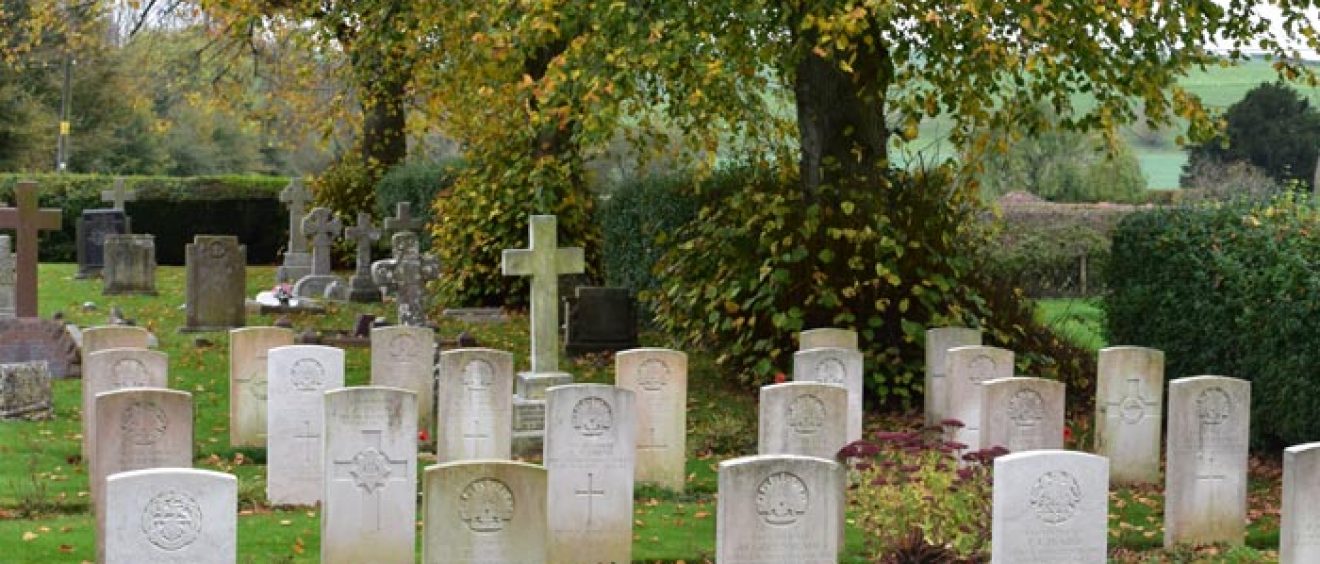
Infections, isolation and Commonwealth soldiers
Early in January 1915, heavy rain resulted in three deluges of flood water affecting Fisherton Street and adjacent housing areas, even spreading over the floor of the Cathedral. The ground floors of Salisbury Infirmary were flooded too causing not only expense, but horrible conditions in the hospital. Several cases of cerebro-meningitis were admitted and isolated before removal to the Old Sarum Isolation hospital.
The people of the city were not the only ones dealing with outbreaks of infectious diseases. Records from the Isolation Hospital at Old Sarum show that during this time World War 1 soldiers camped out on Salisbury Plain were also being treated. Military camps including Sutton Veny, Codford, Fovant, Bulford, Larkhill and Sutton Mandeville were all packed with Canadian, Australian and New Zealand troops. These camps sent soldiers suffering with diseases such as meningitis, scarlet fever, bronchitis, pneumonia and emphysema to the Isolation Hospital throughout World War 1. The cramped and poor conditions of the temporary camps, and the thousands of soldiers waiting to be deployed into Europe, must have helped spread these illnesses.
An example hospital patient register entry from records held at Wiltshire Archives, Chippenham show Private Robert G Carter from the Canadian Infantry, stationed at Bulford Camp was admitted on 25th February 1915. He died of Cerebro Spinal Fever on the 26th March aged 31 and was buried at St Lawrence’s at Stratford-sub-Castle, the parish church for the Isolation Hospital at Old Sarum. He is remembered amongst the 47 World War 1 Commonwealth War Graves at the church.
Further online resources
Details of the 47 graves at the Parish Church of St Lawrence, Stratford-sub-Castle for soldiers who died at Old Sarum Isolation Hospital during World War 1 can be found on their website – http://www.saintlawrence.org.uk/war-graves/details-of-servicemen-buried-in-st-lawrence-churchyard.php

